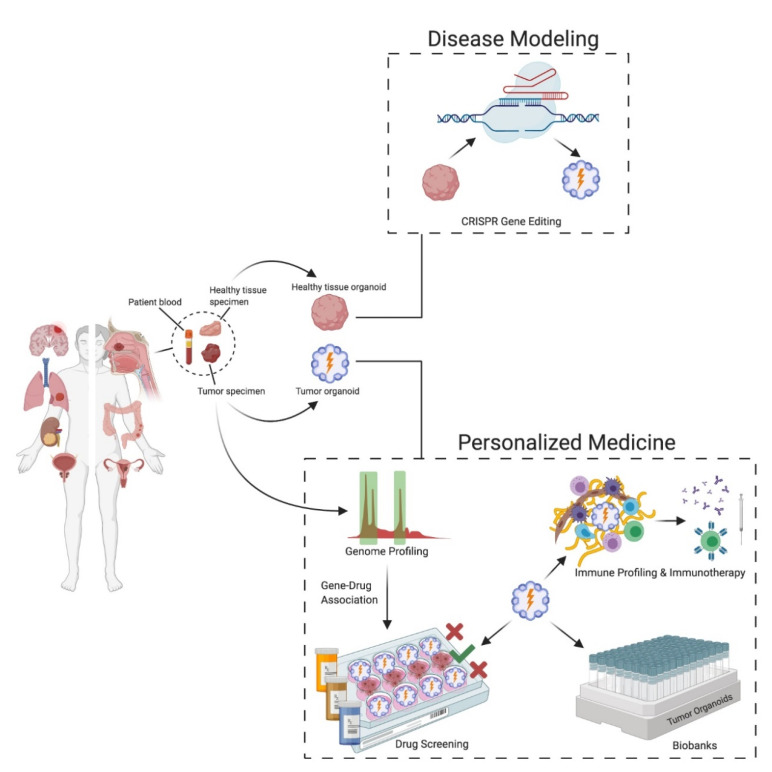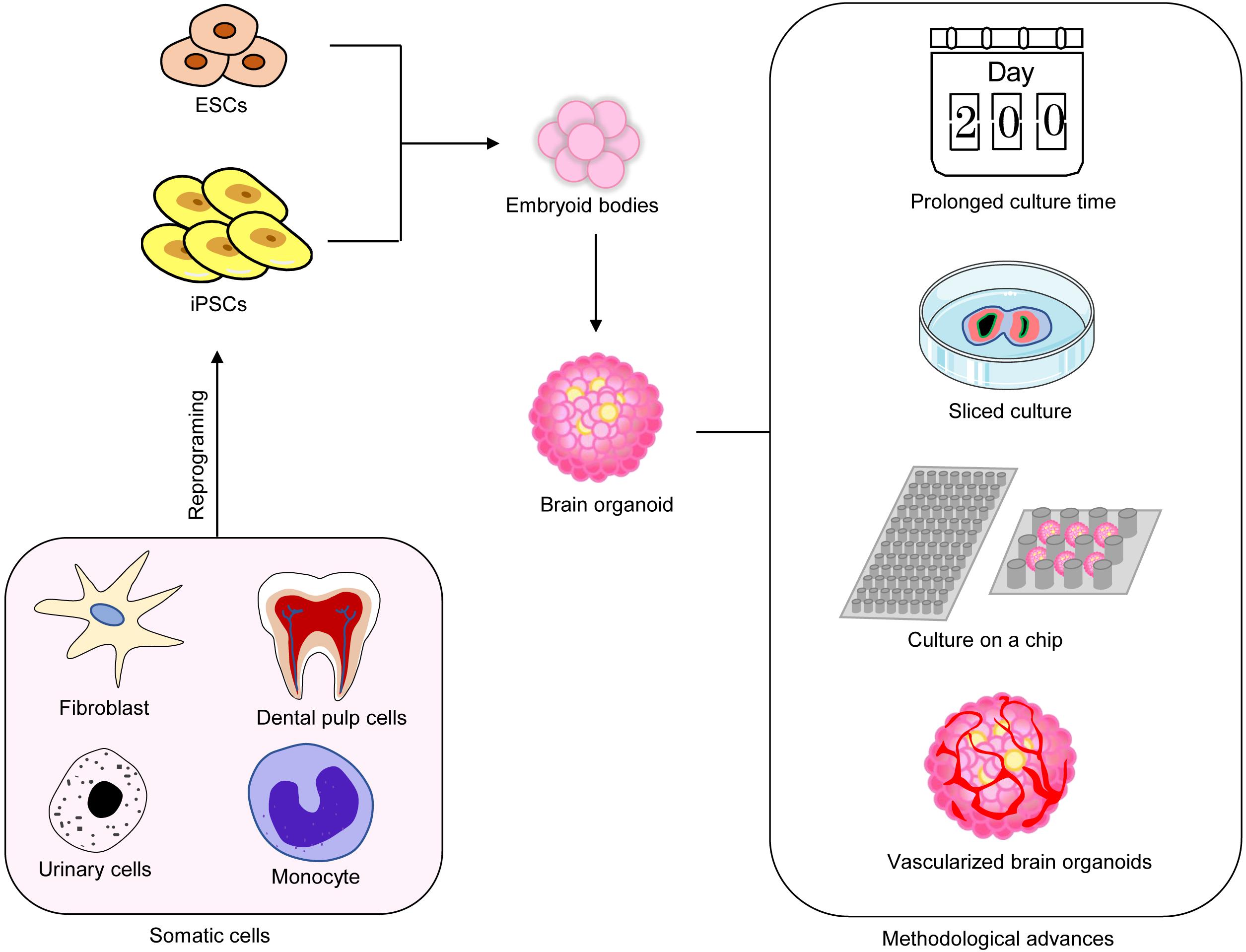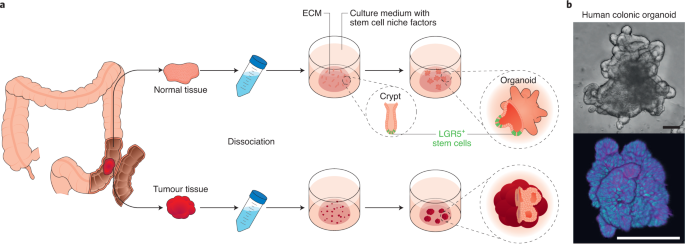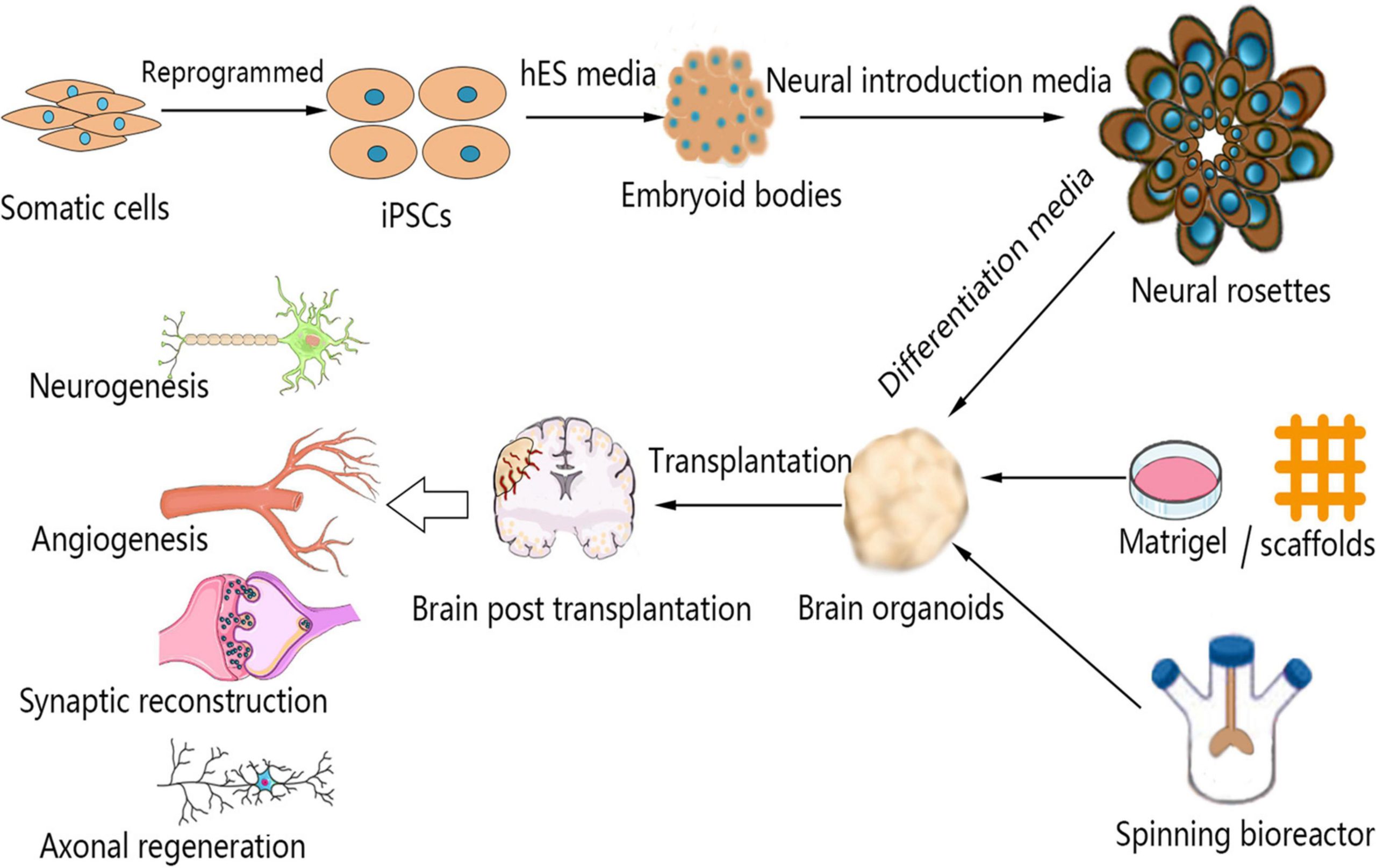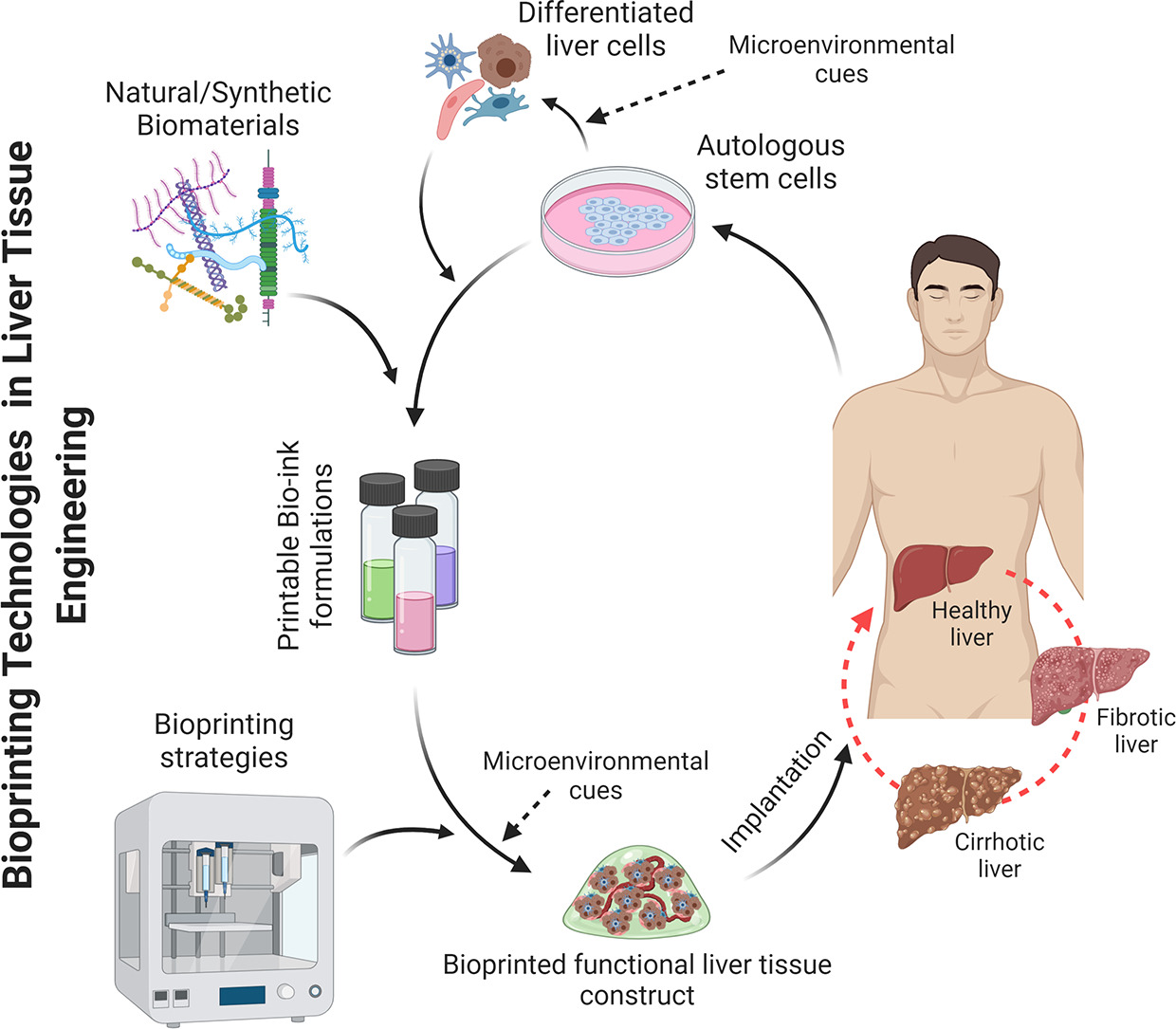Organoids In Personalized Medicine
Organoids are self-organized 3D structures derived from adult or embryonic stem cells that are able to represent the structure and function of the derived tissue. They are able to accurately mimic tissue specific structure and function consistent with in-vivo tissue
Rapidly Developing Organoid Technology
Organoid technology is improving rapidly with effective incorporation of immune cells and vascularization, which often represents the major hurdles in this technology. Other advancements are to facilitate new discovery research and drug development efforts. Glioblastoma is known to invade along the
Genetically Modified Cerebral Organoids (Neocor)
Bian et al. recently developed protocols for genetically manipulating cerebral organoids to induce glioblastoma tumor growth named neoplastic cerebral organoids. This method uses CRISPR-based genome editing tools to create either oncogenic mutation or induce the expression of oncogenes to cause
Increasing Cellular Complexity Of Organoids
To address the modelling of cell-to-cell communication with the cell population and the development of vasculature in organoid system, significant progress has been achieved with blood vessels organoids which shows a great potential to impact research into vascular diseases. Despite
HUMAN DERIVED ORGANOIDS TO STUDY INFECTION BIOLOGY
A human model system is preferable to animal models when studying infectious diseases pathogenesis because pathogens often have a narrow species or tissue tropism, meaning that they infect only certain species and sometimes certain cell types. For decades there were not
INTERACTION OF ORGANOIDS WITH ENVIRONMENT
Human organoid system fundamentally mimic a part of the human body but not the entire body. Organoid system lacks the interorgan communication. Therefore, human organoids are limited to reproduction of organ-specific or tissue-specific micro physiology, a limitation to bear in
Brain organoids: neural development and neurological diseases
A brain organoid is a self-organizing three-dimensional tissue structure derived from human embryonic stem cells or pluripotent stem cells. They show the ability to stimulate the architecture and functionality of the human brain. Recent publications have reported that brain organoids
ORGANOIDS FOR CYSTIC FIBROSIS AND THE LIVING CANCER
Human organoids are a vital source for precision medicine. They can be useful to select an appropriate drug for the patients with genetic diseases or cancer. Cystic fibrosis is a relatively common genetic disease with approximately 90,000 patients suffering with
BRAIN ORGANOIDS: NEURAL DEVELOPMENT AND NEUROLOGICAL DISEASES
A brain organoid is a self-organizing three-dimensional tissue structure derived from human embryonic stem cells or pluripotent stem cells. They show the ability to stimulate the architecture and functionality of the human brain. Recent publications have reported that brain organoids
3D printing Hepatic Organoids
The discovery of 3D printing technology accompanied by the development of biocompatible materials such as hydrogels has become a vital tool to advance tissue engineering. 3D bio printing involves cell laden biomaterials called bioinks and layer by layer deposition of


